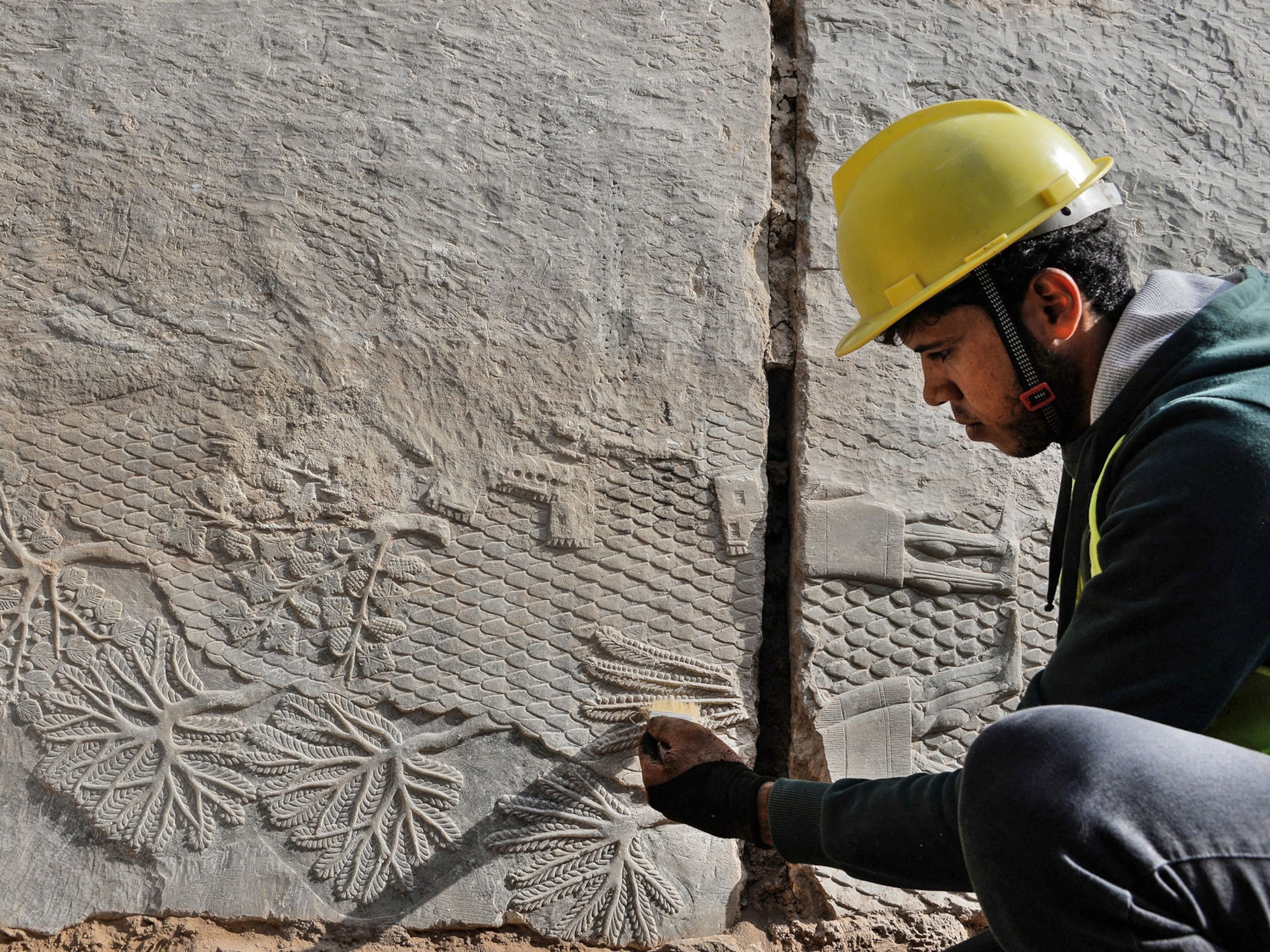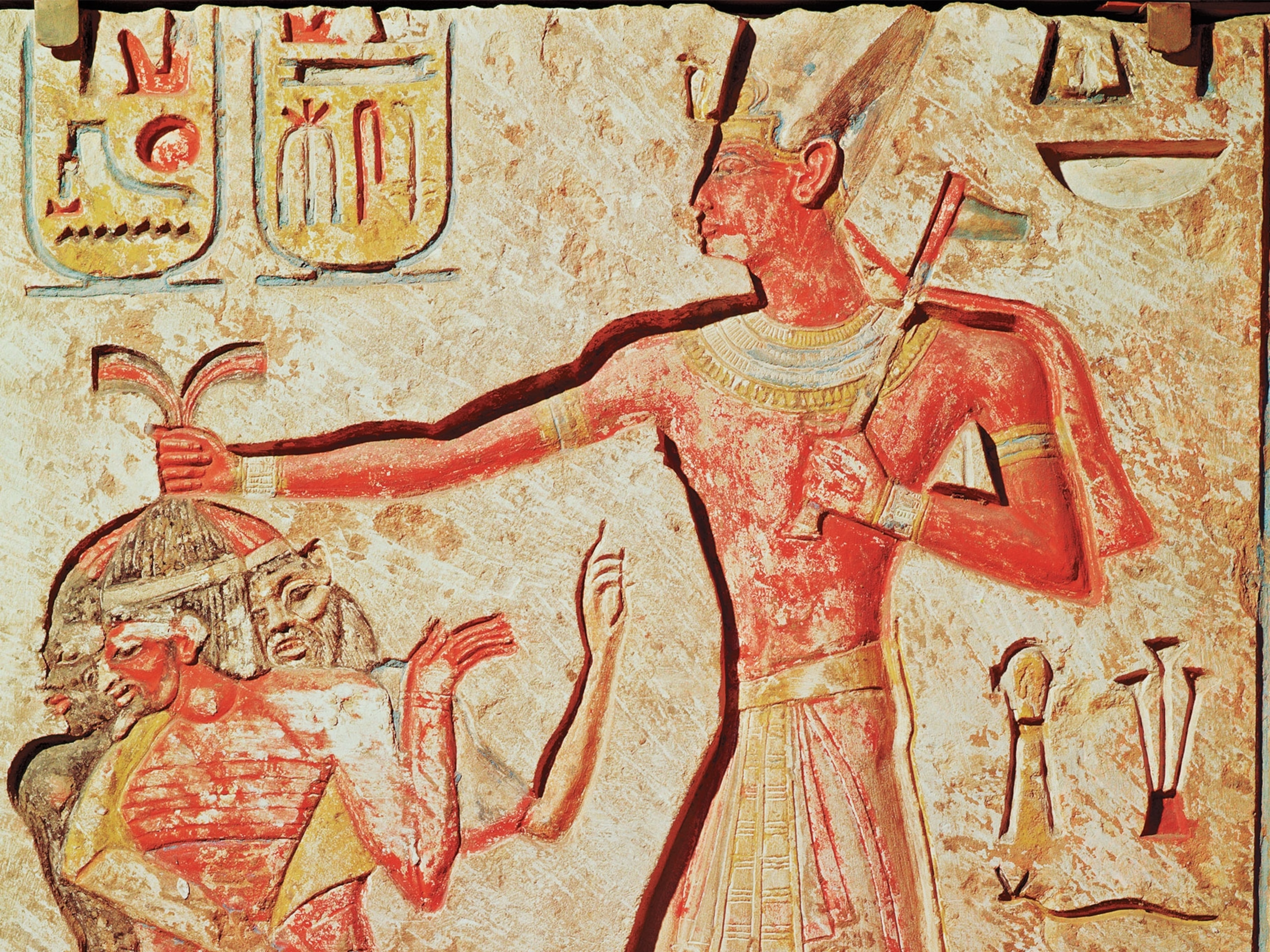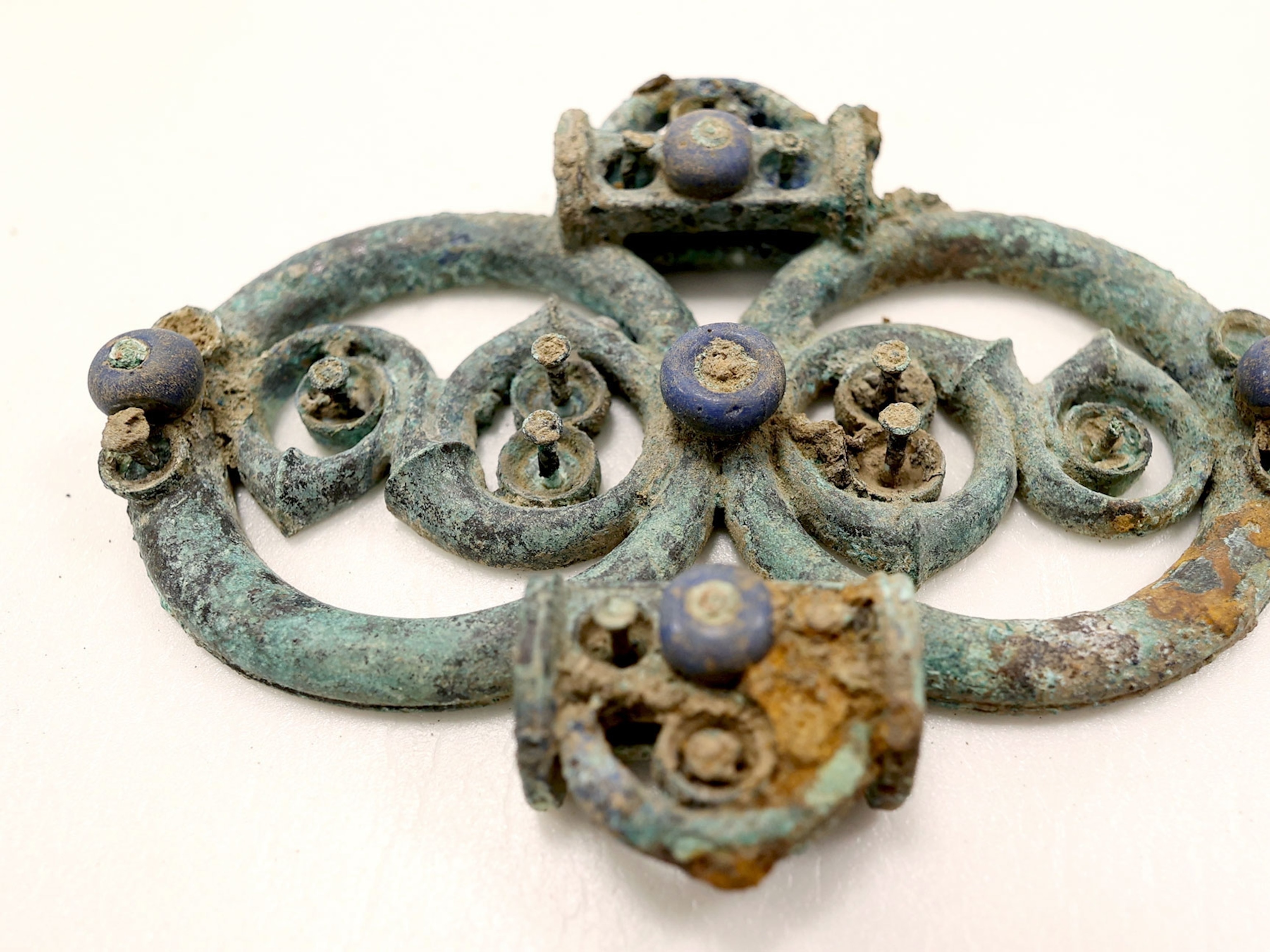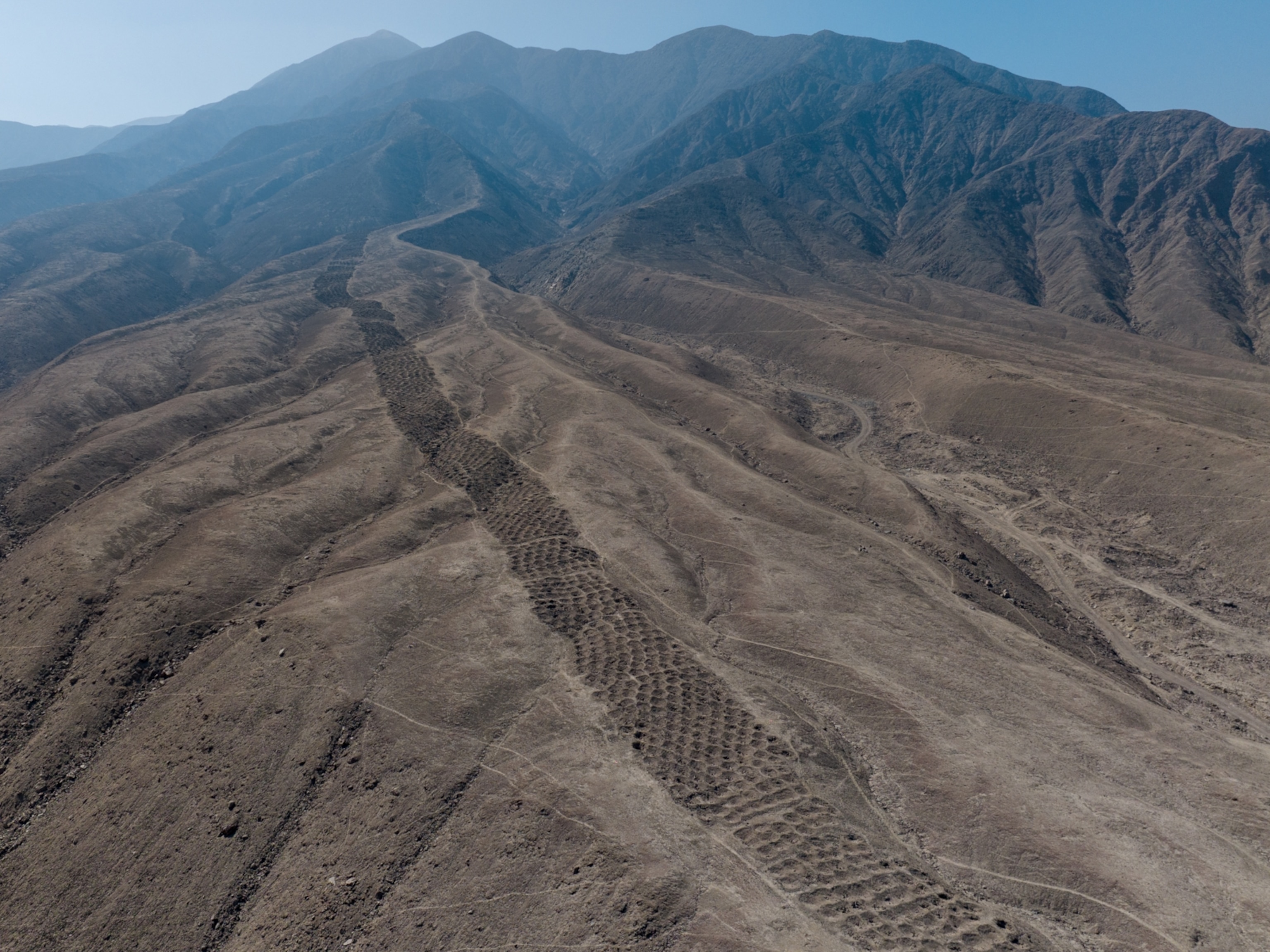Iconic Ancient Sites Ravaged in ISIS’s Last Stand in Iraq
Archaeological remains in two capitals of a long-lost empire are destroyed as battle to liberate Mosul continues.

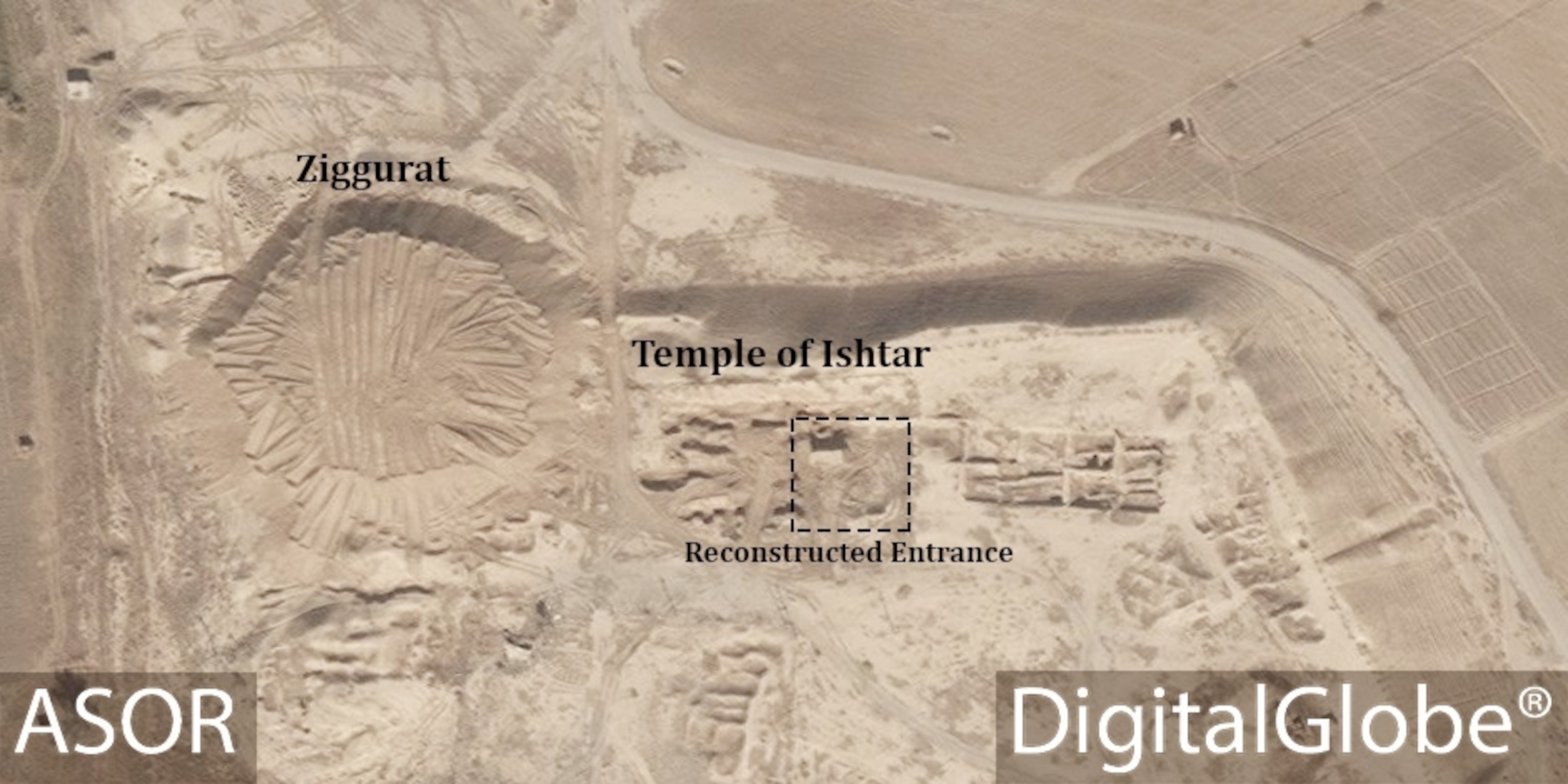
Recently released satellite imagery of archaeological sites around the northern Iraqi city of Mosul has revealed extensive destruction at two capital cities of ancient Mesopotamia, according to researchers with the American Schools of Oriental Research Cultural Heritage Initiatives (ASOR CHI).
The ziggurat of Nimrud, a towering sacred structure built nearly 2,900 years ago, was leveled between the end of August and the beginning of October, most likely by the Islamic State.
Kurdish Peshmerga forces severely damaged archaeological remains at the site of Dur-Sharrukin while digging defensive berms and trenches at the site between mid-October and early November.
Read why the Islamic State hates archaeology.
Mesopotamia's "Most Spectacular Sacred Structure"
Nimrud (known as Calah in the Book of Genesis) was established in the 13th century B.C. near the Tigris River, some 20 miles south of modern Mosul.
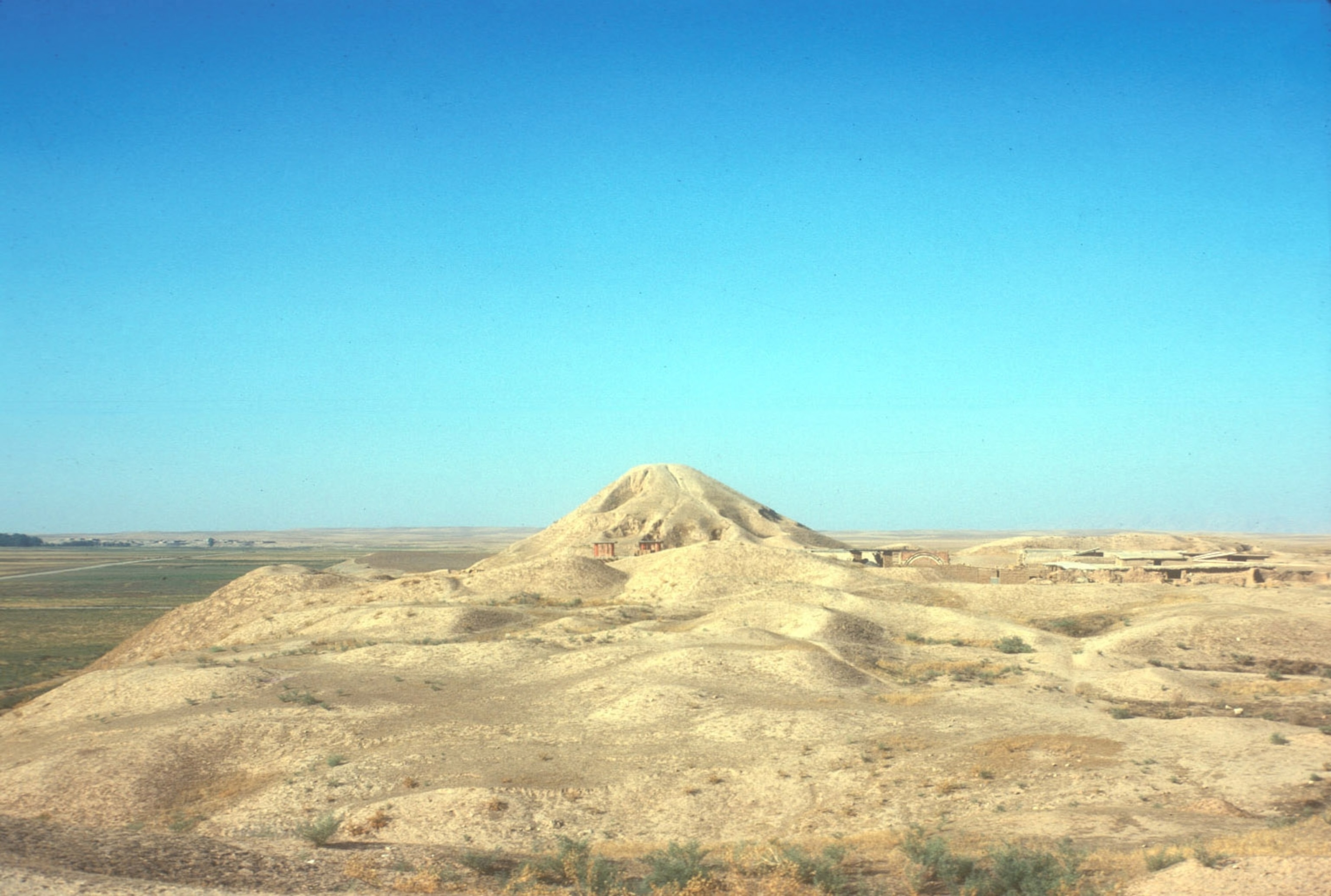
It became the capital of the Neo-Assyrian empire in the ninth century B.C under the reign of Ashurnasipal II. In 879 B.C., the ruler built a sacred precinct dedicated to Nimrud's patron deity, the war god Ninurta. The precinct included a large temple and an enormous mudbrick ziggurat, or stepped tower, that measured nearly 200 feet by 200 feet at its base and likely measured 200 feet in height. When archaeologist Austen Henry Layard excavated the ziggurat some 2,700 years later, the ruins still stood 140 feet high. It was considered "the most spectacular sacred structure known from ancient Mesopotamia."
Here are the ancient sites ISIS has damaged and destroyed.
While no one has claimed responsibility for the destruction, it is likely the work of the Islamic State, says Michael Danti, ASOR CHI's academic director. In the spring of 2015, the terrorist group destroyed the Northwest Palace of Ashurnasipal II and the Nabu Temple at Nimrud.
The motive behind the destruction is also unclear. The ziggurat ruins were the highest point in the surrounding Nineveh plains and could serve as an ideal defensive position, yet the site is in a remote area far from strategic locations. "We're seeing a lot of really peculiar activity like this in Islamic State-held territory," says Danti.
The Islamic State may have destroyed the ziggurat for the same reasons that may have motivated earlier deliberate destructions at the site: to demoralize local populations and demonstrate a scorched-earth bravado in the face of oncoming military forces determined to liberate Mosul.
Islamic State militants may have also been looking for artifacts in the mound, says Danti, but he points out that ziggurats are generally solid masonry structures that don't contain burials. "You'd have to be pretty naïve to loot a ziggurat," he says.
While there are reports that Nimrud has now been liberated by the Iraqi army, heritage experts have yet to inspect the site. It is likely that the Islamic State has planted the ancient site with IEDs and mines, much like they did in Palmyra.
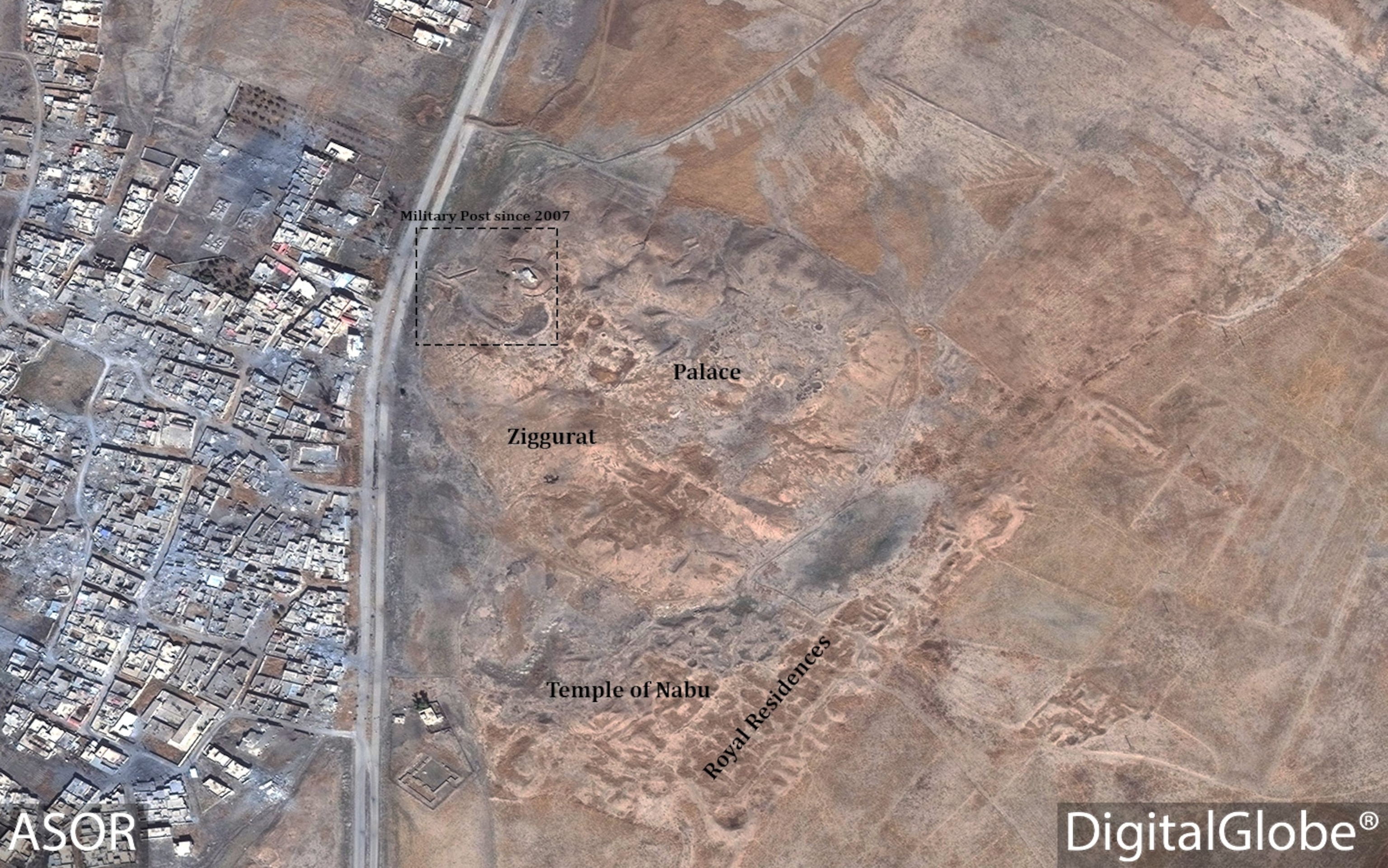
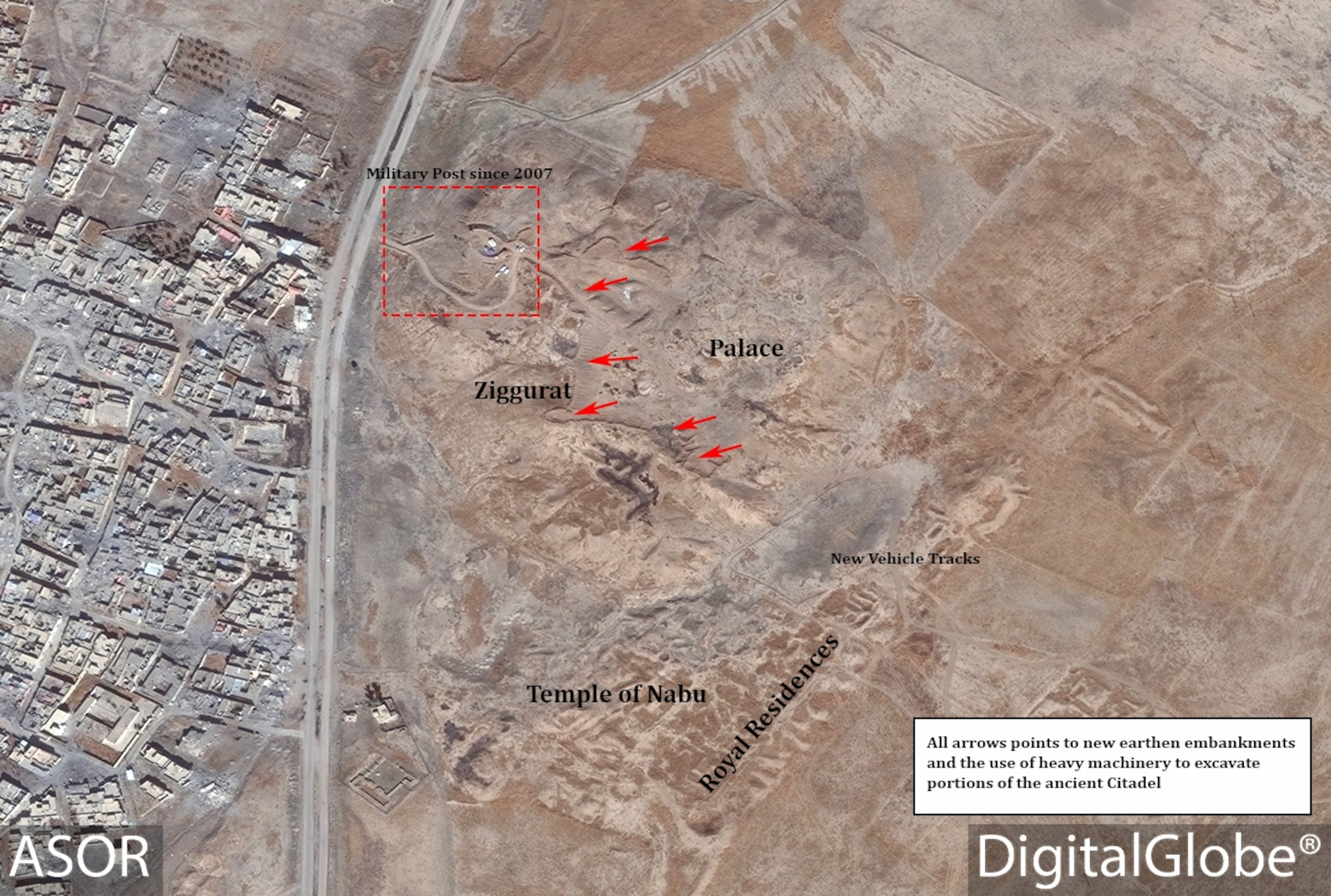
Unique Assyrian City Bulldozed
Nimrud remained the capital of the Neo-Assyrian Empire until 706 B.C., when the ruler Sargon II moved the capital to Dur-Sharrukin, now next to the modern village of Khorsabad, which lies nine miles northeast of Mosul.
Learn how Mosul's crumbling dam could wipe out cultural treasures.
Dur-Sharrukin is a unique archaeological site in that it was built during the reign of a single ruler, briefly used, and abandoned following the death of Sargon II in 705 B.C. The 740-acre city was protected by a 24-foot-wide wall and featured a royal palace decorated with monumental stone sculptures and reliefs. The site was excavated by the University of Chicago's Oriental Institute in the early 20th century.
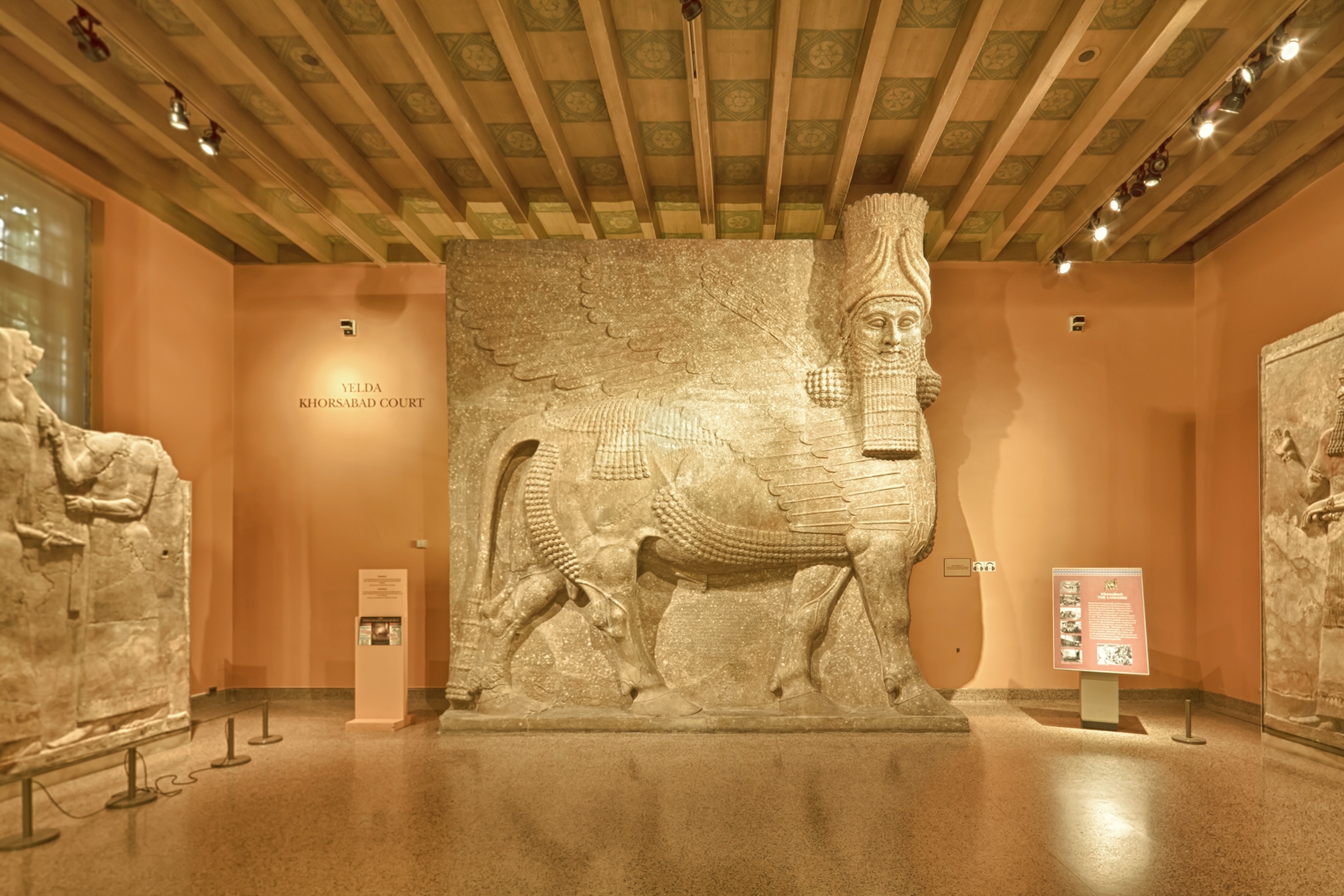
Dur-Sharrukin was allegedly looted by the Islamic State in the spring of 2015.
An October 27 Facebook post from the Kurdistan Regional Government Directorate of Archaeology revealed that Peshmerga forces stationed at Khorsabad had reported to the Directorate of Antiquities that they had uncovered Neo-Assyrian architectural fragments while digging fortifications at an undisclosed site.
Satellite images show that this site is actually Dur-Sharrukin, and that Peshmerga forces bulldozed extensive earthen embankments and built a large military post on top of visible archaeological remains.
Heritage officials who visited the site recovered some of the newly exposed archaeological remains; others were simply too large to remove at the time.
Militarization of heritage sites in northern Iraq, including mosques, churches and archaeological sites, has become an increasing concern as efforts to recapture Mosul from the Islamic State continue.
Full satellite imagery and reports on the damage to Nimrud and Dur-Sharrukin are available on the ASOR CHI Facebook page.

